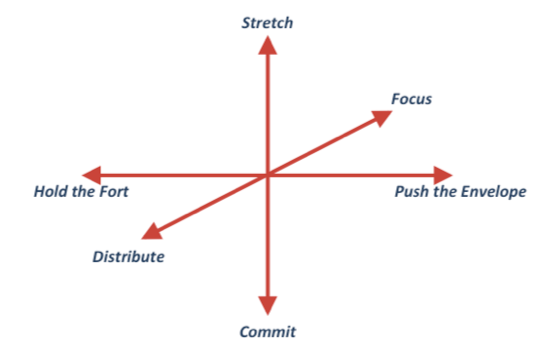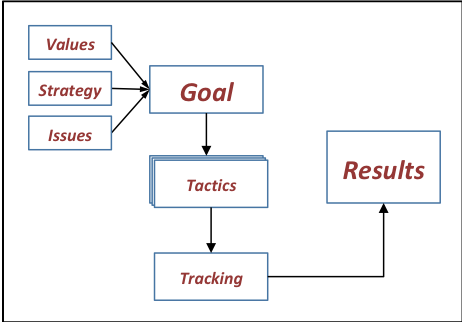How will you manage in 2020? Is it time to shift your usual protocols? Here are some thoughts you may find useful. Thank you to my friend and colleague John Lamy for this post.
Why Intuition in the Age of Management Science?
 Two reasons: First, intuition is a prerequisite for real insight, meaning a fresh understanding of the situation, seeing a reality that you hadn’t noticed before. “Wow, our company is overlooking a major market!” Insights like that are pure gold.
Two reasons: First, intuition is a prerequisite for real insight, meaning a fresh understanding of the situation, seeing a reality that you hadn’t noticed before. “Wow, our company is overlooking a major market!” Insights like that are pure gold.
Second, intuition is the primary ingredient of creativity. If you want your organization to truly thrive, you need a continuous stream of innovation in your products, marketing, operations, hiring, and on and on. Otherwise, you’ll be lumped with the lackluster has-beens on the closeout rack.
What Is Intuition?
Intuition usually starts as a subtle feeling in your body, followed by a preverbal stirring, and then you notice a very quiet voice in your head. The whole process is ethereal, way below the radar.
Example: You finish your cup of coffee, and your mind feels quietly present. You stroll out onto the factory floor. You see the latest run of product—50 instruments lined up and ready for packaging and shipping. Then, you feel a little quiver in your gut … you notice that quiver … hmmm. Suddenly: “We could promote our product in the industrial refrigerant industry! It’s huge, we’ve never played there, and we would help reduce climate change!” For you and your company, that’s an intuitive breakthrough! Now go check it out.
How Can You Develop Intuition?
 Rational thought is not the enemy of intuition. They are actually vital allies. In fact, intuition’s mortal enemy is our prevailing compulsion to fill every moment with physical or mental activity. We often do that under the banner of efficiency and productivity.
Rational thought is not the enemy of intuition. They are actually vital allies. In fact, intuition’s mortal enemy is our prevailing compulsion to fill every moment with physical or mental activity. We often do that under the banner of efficiency and productivity.
To cultivate your intuition, begin by setting aside a few moments, several times a day, to do nothing at all! Truly feel your body, drop your preoccupations, and let your thoughts go. Open a welcoming space for that quiet little voice to speak up; and when it speaks, listen gratefully. And … just know that intuitive insights aren’t always sweetness and light!
Three caveats here: first and foremost, learn to distinguish your biases and old hurts and angers from something authentically new. Just let the old stuff go, without judgment or feeling bad about it. Second, after your intuitive leap, go back to your old friend rational thought. Is this insight really right? Doable? Risky? Think about it.… Third, studies consistently show that real intuition works best when you have solid knowledge of the underlying field. Even though it can feel good, don’t just opinionate in a vacuum and attribute it to intuition.
All this takes a while. Don’t expect instant results. Enjoy the ride!









